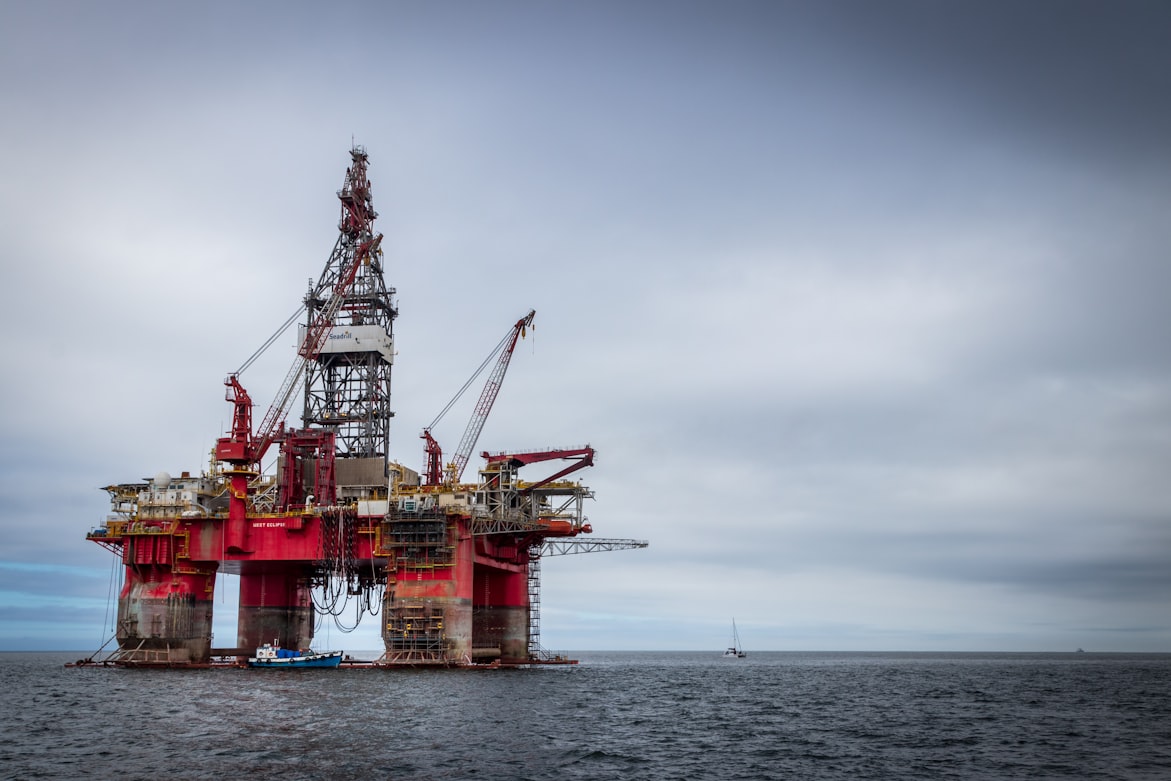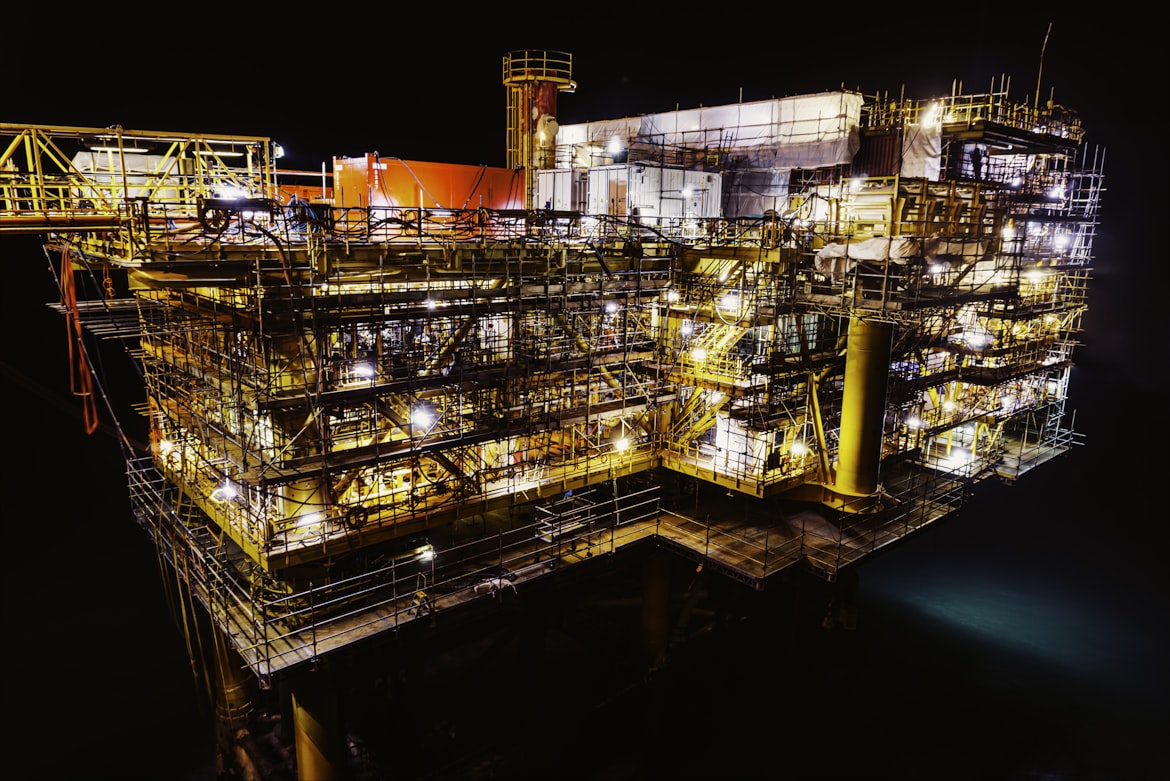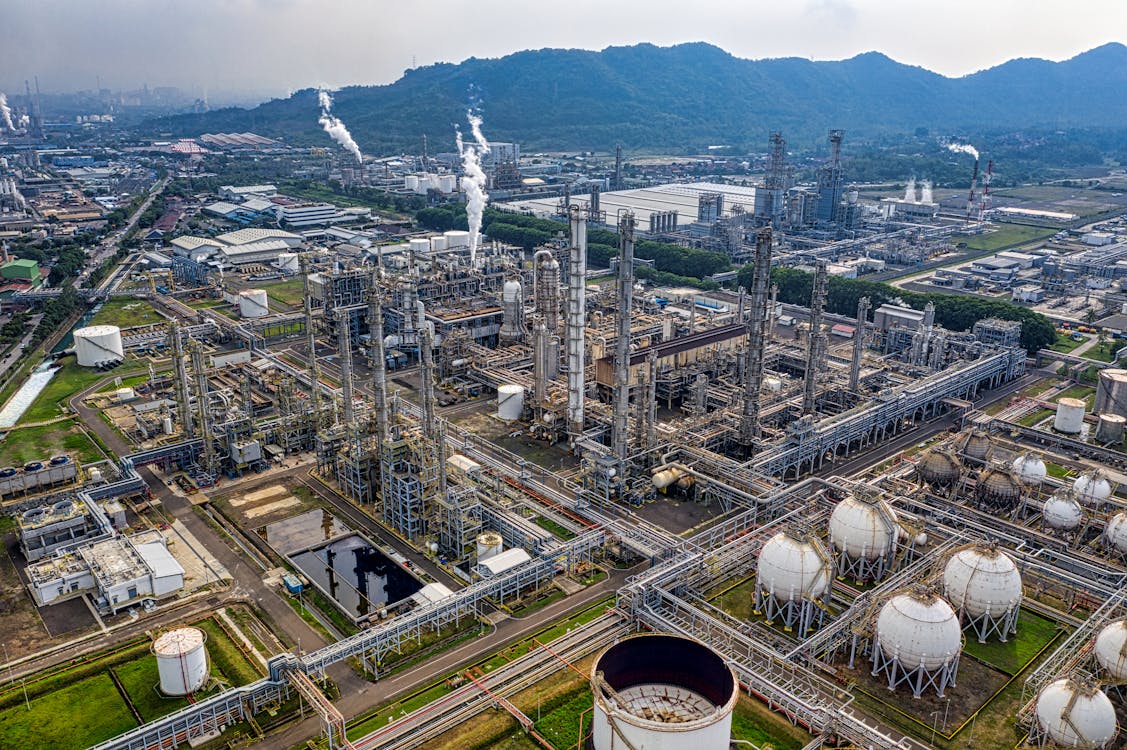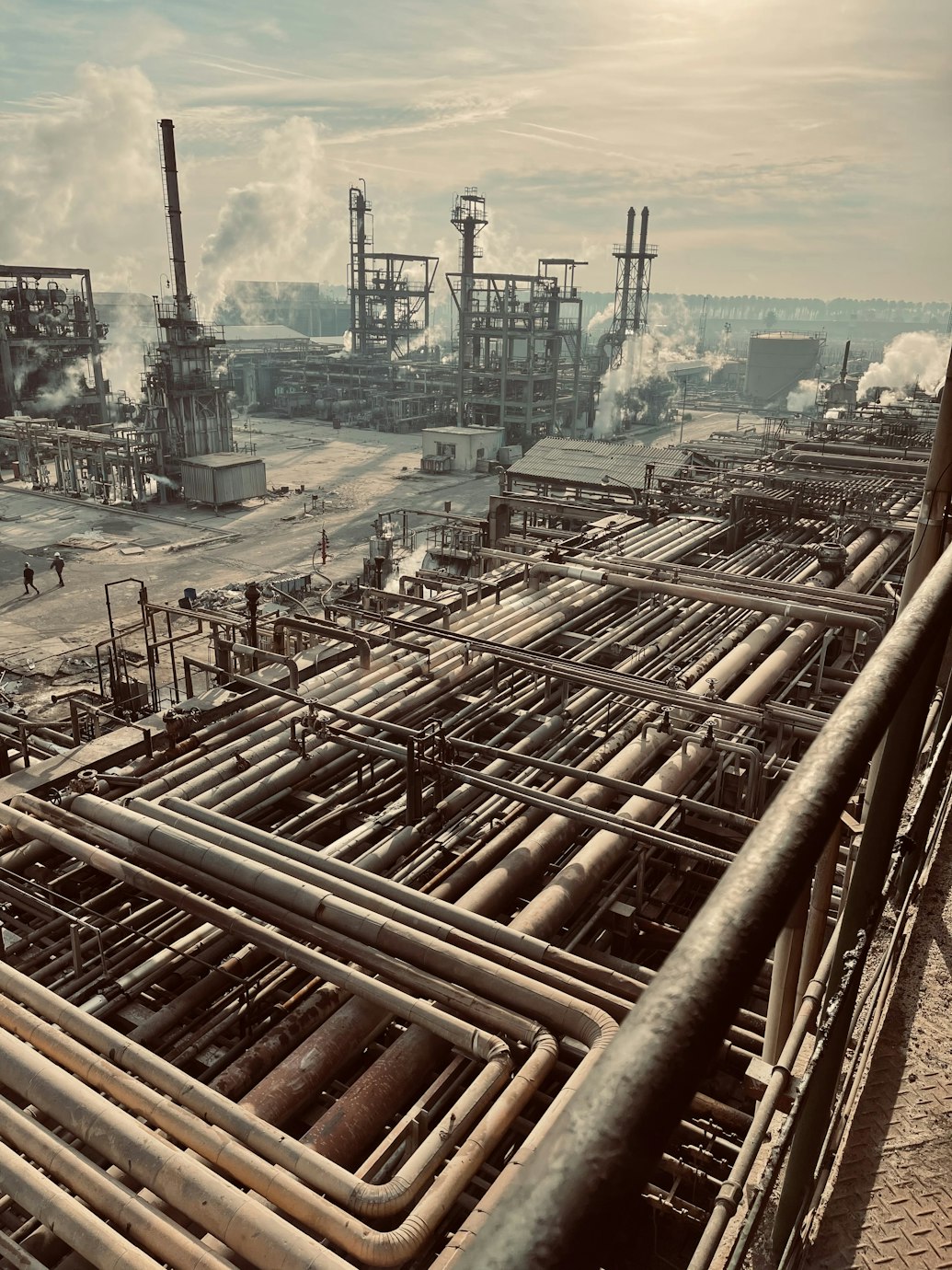Directional drilling, a pinnacle of engineering ingenuity in the oil and gas extraction industry, has revolutionized the ability to access natural resources efficiently and effectively. This method, elucidated in its principles, techniques, and applications, represents an essential tool in today’s energy sector.
CNPS, a leader in providing innovative solutions such as mud logging sensors, delves into the intricacies of directional drilling, highlighting its vital role in the contemporary oil and gas industry.
Its versatility and importance are further underscored by its application in accessing unconventional resource plays and optimizing production in mature fields. Directional drilling has enabled the industry to overcome geological challenges and minimize environmental impact, demonstrating its critical role in sustainable resource management.
Understanding Directional Drilling
Directional drilling is an advanced technique that deviates from the traditional vertical drilling approach. It allows for precise control over the direction and depth of the drilled wellbore. This technique enables drilling engineers to access oil and gas reserves that are otherwise unreachable with conventional vertical wells. It involves steering the drill bit to follow a predetermined trajectory, which can be horizontal, vertical, or curved, to maximize contact with the oil or gas reservoir.
The ability to drill wells at multiple angles offers numerous benefits, including reduced surface disturbance, increased access to remote or difficult-to-reach reserves, and improved recovery rates from the reservoir.
Modern directional drilling operations employ highly sophisticated tools such as downhole motors and rotary steerable systems (RSS), allowing drillers to change the direction of the wellbore in real time. These advancements provide greater accuracy and efficiency, allowing the drilling of complex well paths that can extend for miles horizontally.
Additionally, directional drilling is crucial in minimizing environmental impact, as it enables multiple wells to be drilled from a single location, thereby reducing the overall footprint of drilling activities.
For expert guidance on leveraging the full potential of directional drilling in your oil and gas projects, connect with the specialists at CNPS. Our team has the knowledge and technology to optimize your drilling operations. Contact us at +86 183 546 39099 to explore how directional drilling can transform your approach to resource extraction.

The Principles Behind Directional Drilling
The core principle of directional drilling revolves around navigating subsurface geological formations to efficiently reach targeted oil and gas deposits. This process begins with careful planning and detailed analysis of geological data to map out the most effective drilling path. Advanced software and real-time data analytics play a crucial role in this planning phase, enabling precise modeling and prediction of drilling trajectories using technologies like ultra wire casing collar locators.
The planning process involves geologists, engineers, and drilling experts who work collaboratively to design a well path that maximizes hydrocarbon recovery while minimizing risks and costs. During the drilling operation, real-time monitoring technologies such as Measurement While Drilling (MWD) and Logging While Drilling (LWD) provide crucial data about the well’s trajectory and geological formations.
This information helps drilling engineers make informed decisions to adjust the drilling path as needed. Directional drilling also involves complex calculations to ensure the drill bit navigates through various geological structures without causing damage to the wellbore or the surrounding formations.
The technique is particularly beneficial in situations where oil and gas reserves are located beneath sensitive areas like urban centers, bodies of water, or environmentally protected zones. By allowing horizontal drilling from a distant vertical well, directional drilling minimizes the disturbance to these areas and provides access to resources that would otherwise be off-limits due to surface constraints or regulatory restrictions.
Directional drilling represents a convergence of advanced engineering, geoscience, and technological innovation. It plays a pivotal role in the modern oil and gas industry by enabling more efficient and responsible access to energy resources.
Techniques Employed in Directional Drilling
Several key techniques and technologies are employed in directional drilling:
- Rotary Steerable Systems (RSS): These sophisticated tools allow for real-time drill bit steering while rotating the entire drill string from the surface. RSS provides greater precision in navigating complex geological formations and maintaining the desired well trajectory. The system’s flexibility enables drilling engineers to make small directional adjustments without stopping the drilling process, significantly improving drilling efficiency and reducing the time required to reach the target zone, supported by our energy equipment & services.
- Measurement While Drilling (MWD) and Logging While Drilling (LWD): These technologies involve measuring and transmitting real-time data about the wellbore conditions and formation properties, aided by CNPS’s advanced mud logging sensor technologies. MWD and LWD are crucial for making immediate adjustments during drilling to optimize well placement and efficiency. They provide valuable information on parameters like temperature, pressure, and formation density, which are essential for making informed decisions and ensuring the safety and success of the drilling operation.
- Downhole Motors and Bent-Sub Technology: Downhole motors, often used in conjunction with bent-sub technology, provide the mechanical force needed to steer the drill bit in the desired direction. The bent sub, a small angled component above the drill bit, allows for directional control when rotated in specific orientations. This technology is particularly useful in drilling curved paths and horizontal sections, enabling precise navigation through varied geological structures.

Applications of Directional Drilling in the Oil and Gas Sector
Directional drilling has numerous applications in the oil and gas sector, making it a versatile and indispensable tool:
- Accessing Difficult-to-Reach Reservoirs: Whether due to surface obstructions, environmental considerations, or the reservoir’s location, directional drilling allows operators to reach deposits that would be inaccessible or uneconomical with vertical drilling. This capability is crucial in urban areas or environmentally sensitive regions where surface disturbance needs to be minimized.
- Maximizing Reservoir Contact: Horizontal drilling, a subset of directional drilling, enables a longer wellbore to be placed within the reservoir, increasing the exposure to the oil or gas zone and enhancing production rates. This technique is particularly effective in extracting resources from tight formations, such as shale, where a longer contact area significantly boosts the output.
- Reducing Environmental Impact: Directional drilling minimizes the land and environmental footprint of drilling by allowing multiple wells to be drilled from a single location or pad. This approach reduces the number of drilling sites needed and diminishes the impact on local ecosystems and communities.
- Sidetracking: This involves deviating from an existing wellbore to bypass obstacles, reach new targets, or re-enter a previously drilled well, thereby maximizing resource extraction from a single surface location. Sidetracking is an essential technique for enhancing the productivity of existing wells and can be a cost-effective alternative to drilling new wells, with the use of fiberglass pipes and FRP fittings enhancing the durability and efficiency of such operations.

The Impact of Directional Drilling
The adoption of directional drilling has had a profound impact on the oil and gas industry:
- Increased Efficiency: With precise control over the drilling process, risks associated with drilling, such as blowouts and wellbore instability, are significantly reduced. Directional drilling provides better control over the pressure exerted on subsurface formations, thus minimizing the chances of accidents and ensuring safer working conditions for drilling personnel.
- Enhanced Safety: With precise control over the drilling process, risks associated with drilling, such as blowouts and wellbore instability, are significantly reduced. Directional drilling provides better control over the pressure exerted on subsurface formations, thus minimizing the chances of accidents and ensuring safer working conditions for drilling personnel.
- Environmental Stewardship: The method supports the industry’s move towards more sustainable practices by reducing surface disturbance and minimizing the overall environmental impact of drilling activities. By consolidating drilling operations to fewer sites and minimizing land use, directional drilling helps preserve wildlife habitats, reduces deforestation, and lowers the impact on local ecosystems.
Future Trends in Directional Drilling
As the industry continues to evolve, so do the trends in directional drilling. Innovations such as automation, machine learning, and AI are set to further enhance the precision and efficiency of drilling operations:
- Automation and Remote Operations: With advancements in automation, future directional drilling operations could see more remote and automated control systems, facilitated by the use of geothermal energy solutions. This would allow for safer and more efficient operations, especially in harsh or remote environments, by reducing the need for human intervention and minimizing exposure to hazardous conditions.
- Machine Learning and AI: The integration of machine learning and artificial intelligence can revolutionize the way drilling data is analyzed and used. AI algorithms can predict equipment failures, optimize drilling paths, and enhance decision-making processes, leading to safer and more productive drilling operations, supported by oilfield mud logging products for enhanced data acquisition.
- Advanced Communication Systems and Sensors: The integration of more robust communication systems and advanced sensors will provide even greater control and real-time feedback. These technologies will enable more precise measurements of wellbore conditions and real-time adjustments, pushing the boundaries of what can be achieved in directional drilling. Enhanced communication systems also facilitate better collaboration between on-site personnel and remote experts, ensuring that the best decisions are made based on comprehensive data analysis.

Partner with CNPS for Directional Drilling Expertise
Navigating the complexities of directional drilling requires a partner with deep expertise and a commitment to innovation. CNPS offers comprehensive solutions in directional drilling, integrating advanced technologies like mud logging sensors and GRE tubing.
Our team of experts, specializing in reinforced thermoplastic pipes (RTP) and GRE casing, is dedicated to providing industry-leading support and guidance, ensuring that your drilling operations achieve maximum efficiency and productivity.
For more information on how CNPS can assist with your directional drilling needs, including our fiberglass solutions and electronic equipment solutions, contact us at [email protected] or fill out our contact form.
Embrace the future of drilling with CNPS—where innovation, expertise, and practical application converge to deliver unparalleled results in the oil and gas industry, including specialized services for oil country tubular goods and oilfield services and equipment.


